Style and non-style in anatomical illustration: From Renaissance Humanism to Henry Gray
- PMID: 20447244
- PMCID: PMC2815942
- DOI: 10.1111/j.1469-7580.2009.01181.x
Style and non-style in anatomical illustration: From Renaissance Humanism to Henry Gray
Abstract
Style is a familiar category for the analysis of art. It is less so in the history of anatomical illustration. The great Renaissance and Baroque picture books of anatomy illustrated with stylish woodcuts and engravings, such as those by Charles Estienne, Andreas Vesalius and Govard Bidloo, showed figures in dramatic action in keeping with philosophical and theological ideas about human nature. Parallels can be found in paintings of the period, such as those by Titian, Michelangelo and Hans Baldung Grien. The anatomists also claimed to portray the body in an objective manner, and showed themselves as heroes of the discovery of human knowledge. Rembrandt's painting of Dr Nicholas Tulp is the best-known image of the anatomist as hero. The British empirical tradition in the 18th century saw William Cheselden and William Hunter working with techniques of representation that were intended to guarantee detailed realism. The ambition to portray forms life-size led to massive volumes, such as those by Antonio Mascagni. John Bell, the Scottish anatomist, criticized the size and pretensions of the earlier books and argued for a plain style adapted to the needs of teaching and surgery. Henry Gray's famous Anatomy of 1858, illustrated by Henry Vandyke Carter, aspired to a simple descriptive mode of functional representation that avoided stylishness, resulting in a style of its own. Successive editions of Gray progressively saw the replacement of Gray's method and of all his illustrations. The 150th anniversary edition, edited by Susan Standring, radically re-thinks the role of Gray's book within the teaching of medicine.
Figures
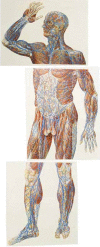
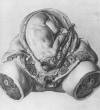
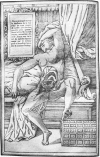
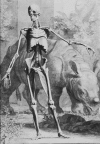

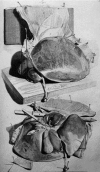
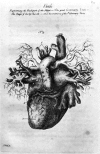

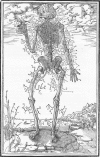
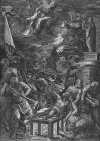
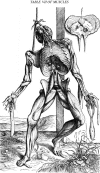
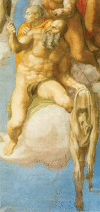
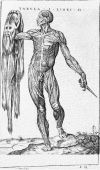
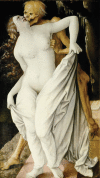
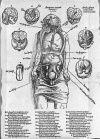

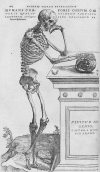
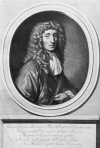

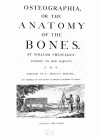

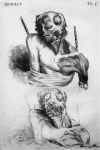
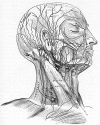
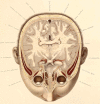
Similar articles
-
The evolution of anatomical illustration and wax modelling in Italy from the 16th to early 19th centuries.J Anat. 2010 Feb;216(2):209-22. doi: 10.1111/j.1469-7580.2009.01157.x. Epub 2009 Nov 9. J Anat. 2010. PMID: 19900181 Free PMC article. Review.
-
Evolution of illustrations in anatomy: a study from the classical period in Europe to modern times.Anat Sci Educ. 2015 Mar-Apr;8(2):175-88. doi: 10.1002/ase.1479. Epub 2014 Jul 22. Anat Sci Educ. 2015. PMID: 25053471 Review.
-
Henry Gray's Anatomy.Clin Anat. 2009 Apr;22(3):291-5. doi: 10.1002/ca.20775. Clin Anat. 2009. PMID: 19280653
-
The Science of Anatomy: A historical timeline.Sultan Qaboos Univ Med J. 2017 Feb;17(1):e18-e22. doi: 10.18295/squmj.2016.17.01.004. Epub 2017 Mar 30. Sultan Qaboos Univ Med J. 2017. PMID: 28417023 Free PMC article. No abstract available.
-
Illustrations of the anatomical wax model collection in the "La Specola" Zoology Museum, Florence.Arch Nat Hist. 2006;33(2):232-40. doi: 10.3366/anh.2006.33.2.232. Arch Nat Hist. 2006. PMID: 19845062
Cited by
-
Remembering William Hunter (1718-1783) the Pioneer in Obstetrics: A Prelude to Sestercentennial Anniversary of Anatomia uteri humani gravidi.J Obstet Gynaecol India. 2021 Feb;71(1):97-100. doi: 10.1007/s13224-019-01283-7. Epub 2019 Oct 16. J Obstet Gynaecol India. 2021. PMID: 33814809 Free PMC article.
-
The "polymorphous" history of a polymorphous skull bone: the sphenoid.Anat Sci Int. 2018 Jan;93(1):14-22. doi: 10.1007/s12565-017-0399-5. Epub 2017 Mar 27. Anat Sci Int. 2018. PMID: 28349500 Free PMC article. Review.
-
A brief history of topographical anatomy.J Anat. 2016 Jul;229(1):32-62. doi: 10.1111/joa.12473. J Anat. 2016. PMID: 27278889 Free PMC article. Review.
-
The evolution of anatomical illustration and wax modelling in Italy from the 16th to early 19th centuries.J Anat. 2010 Feb;216(2):209-22. doi: 10.1111/j.1469-7580.2009.01157.x. Epub 2009 Nov 9. J Anat. 2010. PMID: 19900181 Free PMC article. Review.
-
Accuracy and Artistry in Anatomical Illustration of Perivascular Adipose Tissue.Front Physiol. 2017 Dec 4;8:990. doi: 10.3389/fphys.2017.00990. eCollection 2017. Front Physiol. 2017. PMID: 29255422 Free PMC article. No abstract available.
References
-
- Alberti LB. In: On Painting. Kemp M, editor. London: Penguin; 1435. translator Grayson C.
-
- Albinus BS. Tabulae sceleti et musculorum coporis humani. Basel: J. and H. Verbeek; 1747.
-
- Bell J. Engravings Explaining the Anatomy of the Human Body. Edinburgh: J. Patterson; 1794.
-
- Bell J. The Anatomy of the Human Body (with Charles Bell) Edinburgh: Cadell and Mudie; 1794. 4 vols. –1804.
Publication types
MeSH terms
LinkOut - more resources
Full Text Sources
Medical

